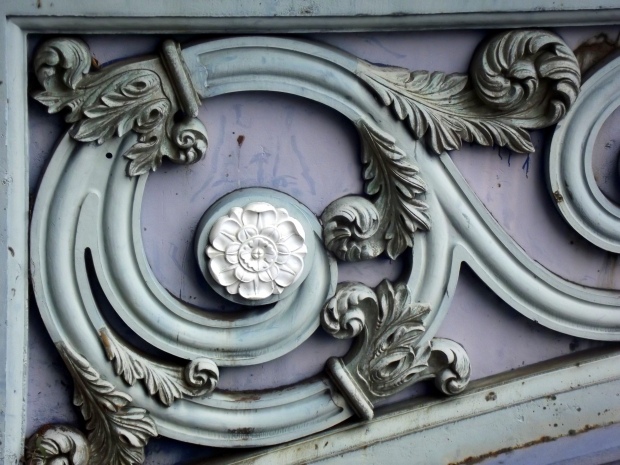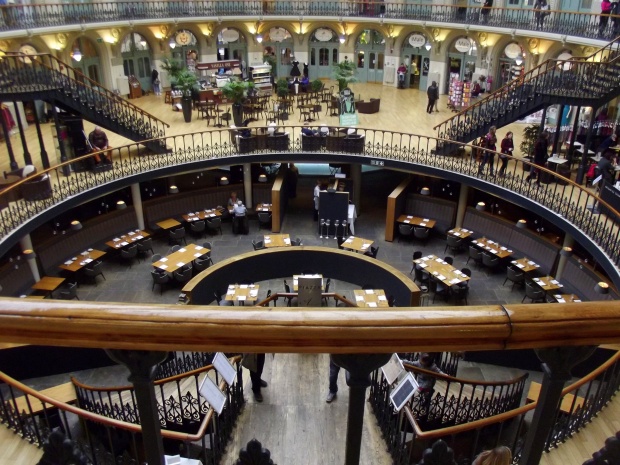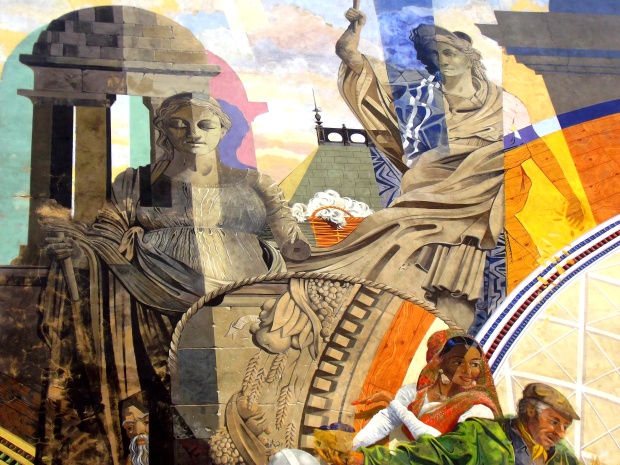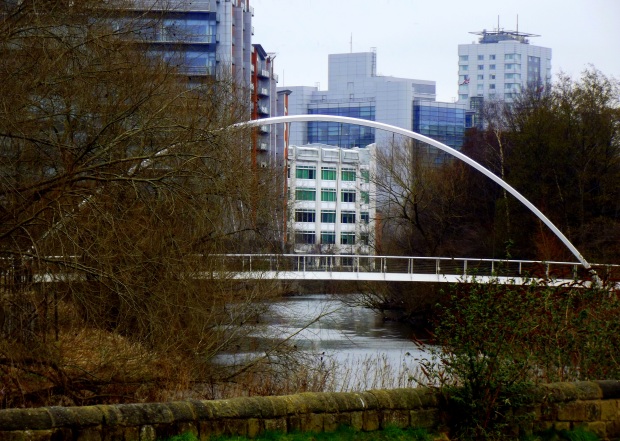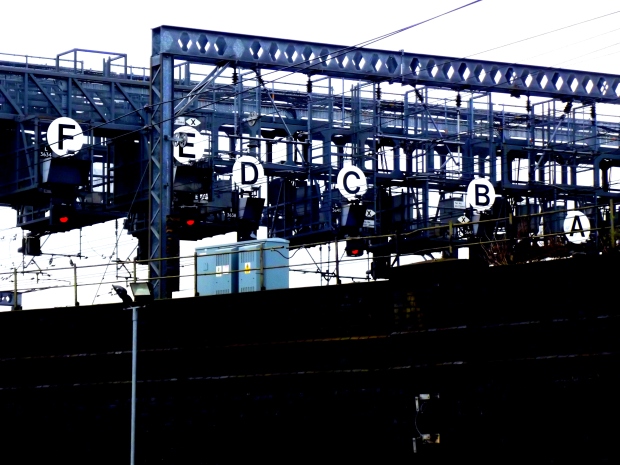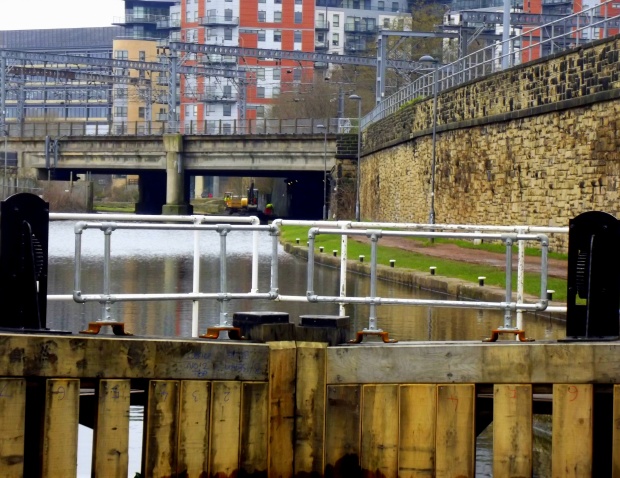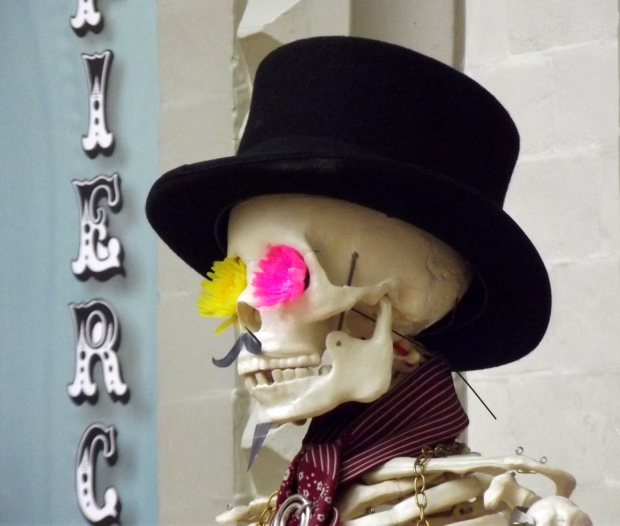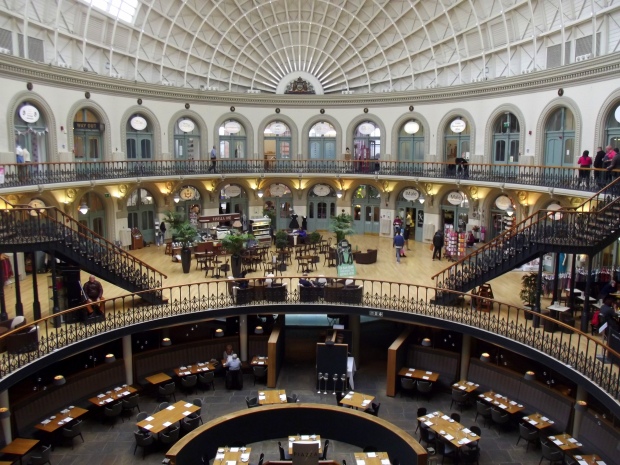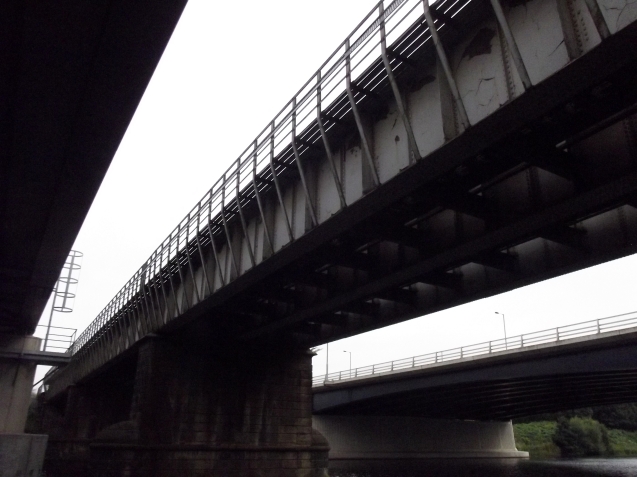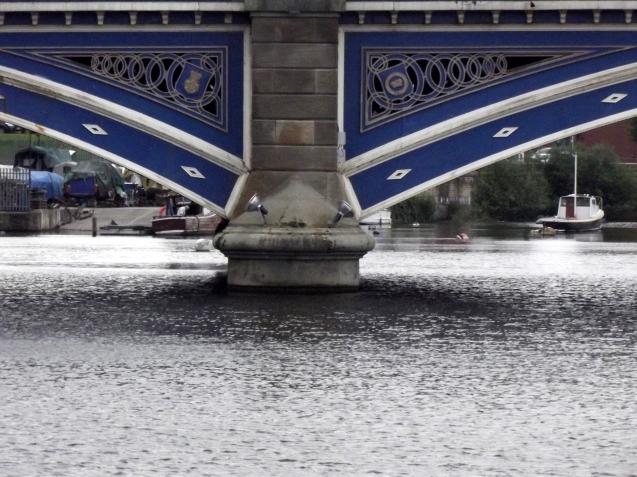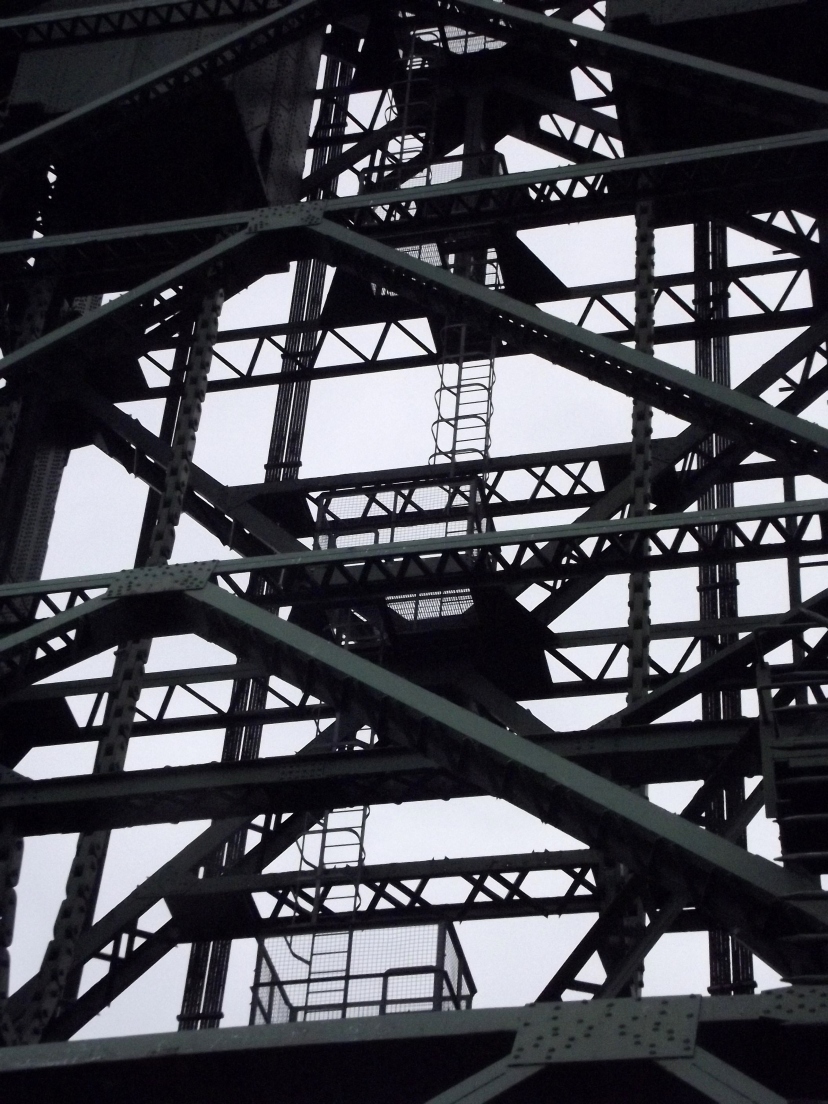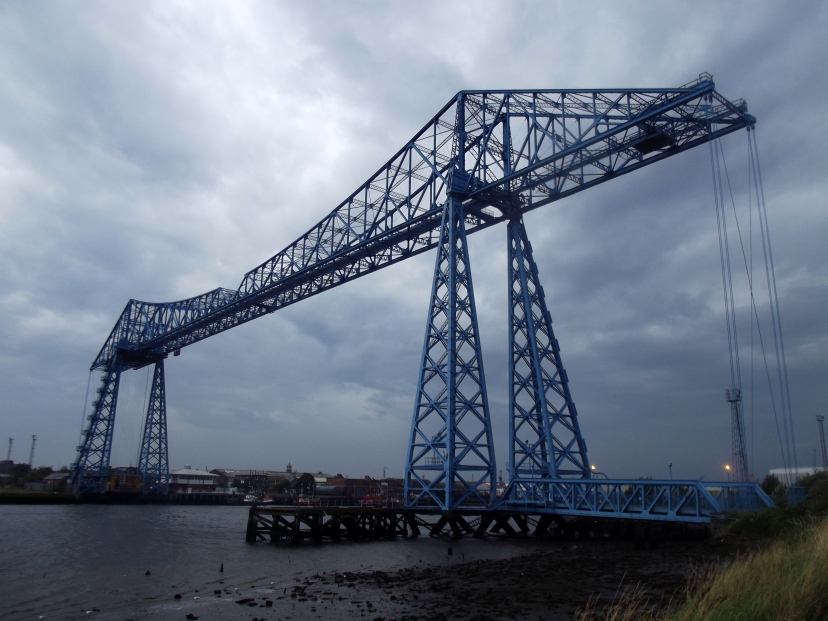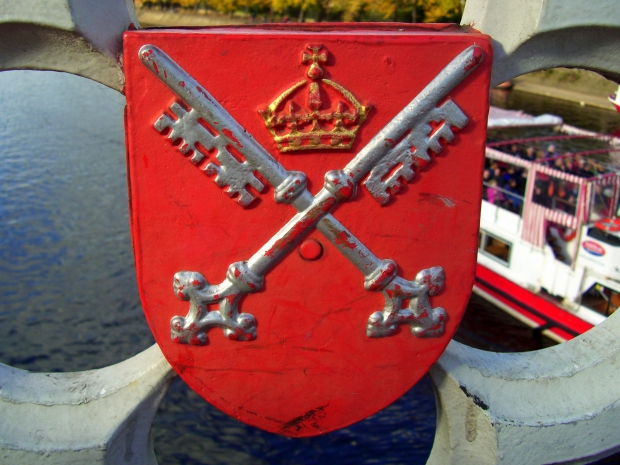 After the first 100 colour copies of my book on the Tees Transporter Bridge sold unbelievably quickly (thank you for making me and my favourite bridge feel loved) I ordered a second print run of the book in black and white. The second edition has one or two new stories from local people that came in after the print deadline for the original run. The second edition is now available to order and will be shipped at the end of October.
After the first 100 colour copies of my book on the Tees Transporter Bridge sold unbelievably quickly (thank you for making me and my favourite bridge feel loved) I ordered a second print run of the book in black and white. The second edition has one or two new stories from local people that came in after the print deadline for the original run. The second edition is now available to order and will be shipped at the end of October.
For those stumbling across this title for the first time, it is a collection of stories, musings and memories from both myself and people who live in and around Teesside. This is more than just a straightforward history book; it is a volume that examines the cultural significance of the bridge and its impact on the local community.It features over 50 original photographs of the bridge and the Middlesbrough area and, perhaps most importantly, it conveys the bridge’s unique narrative which spans from modernism to the modern-day.
Click here to order your copy of the book today!
The book is 92 pages, printed in full colour and priced at 9.95. Only 100 copies of the second edition will be printed.
THIS BOOK WILL BE SHIPPED WEDNESDAY 29TH OCTOBER 2014
THIS BOOK IS ONLY AVAILABLE IN THE UK. A KINDLE VERSION IS AVAILABLE FOR OVERSEAS CUSTOMERS.
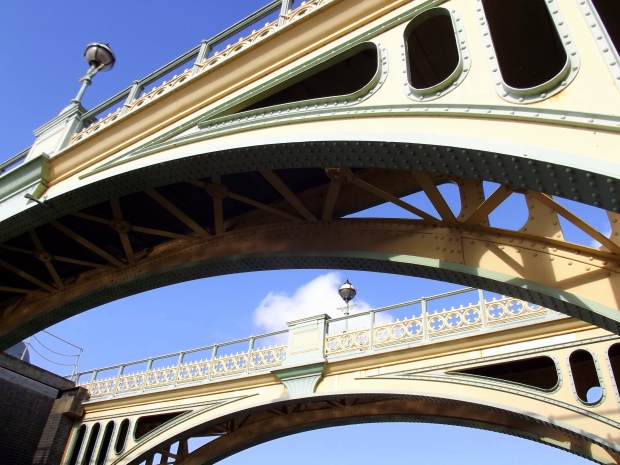 This weekend is Open House weekend and consequently I have been running about all over the city taking photographs of some of the capital’s most interesting buildings. Despite the fact it was Sunday, I was up sharpish this morning for a behind the scenes tour of Richmond Lock. I live nearby in Kew so managed to be the first in the queue.
This weekend is Open House weekend and consequently I have been running about all over the city taking photographs of some of the capital’s most interesting buildings. Despite the fact it was Sunday, I was up sharpish this morning for a behind the scenes tour of Richmond Lock. I live nearby in Kew so managed to be the first in the queue.
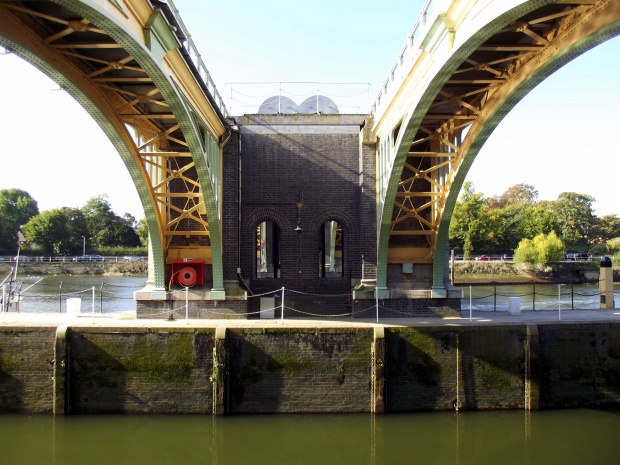
The lock is being repainted next year so I will probably photograph that process and ensure I get some more shots of her before she gets a makeover.
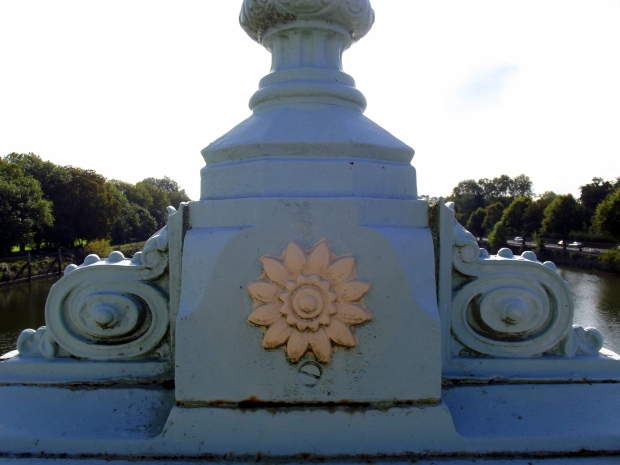
The Open House guide described her as a piece of ‘functional design’ but as she was built during Victoria’s reign she is also rather ornate.
 This is a view looking down into the weir from the walkway. A blend of shapes, textures and sounds.
This is a view looking down into the weir from the walkway. A blend of shapes, textures and sounds.
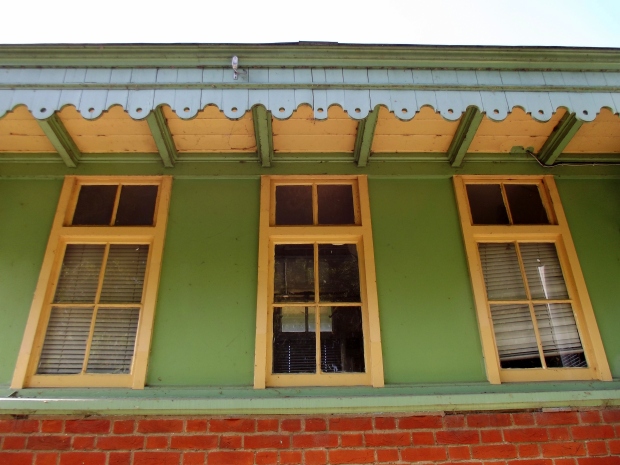 This is the side of the hut that once contained the toll booth. Once over pedestrians had to pay to cross over the river. It is now redundant as it is now free like all the other crossings in London.
This is the side of the hut that once contained the toll booth. Once over pedestrians had to pay to cross over the river. It is now redundant as it is now free like all the other crossings in London.
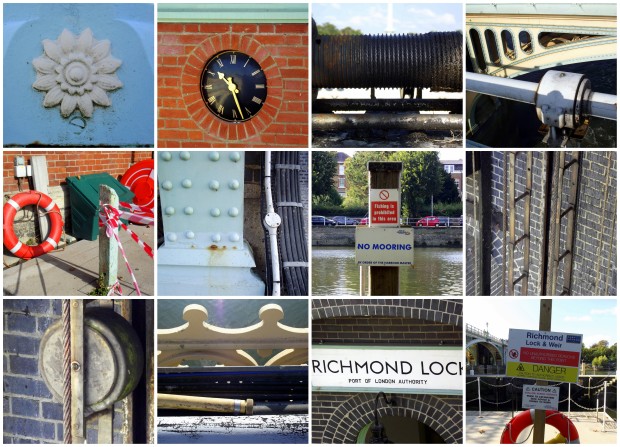 Some of the smaller details are captured in this collage. I particularly like the dark brick work around the Richmond Lock sign.
Some of the smaller details are captured in this collage. I particularly like the dark brick work around the Richmond Lock sign.
 I went on a walk around Leeds today, there are a surprising number of paths you can take into, out of and around the city. I was mainly around the waterfront. Here are a few photographs I took on my travels.
I went on a walk around Leeds today, there are a surprising number of paths you can take into, out of and around the city. I was mainly around the waterfront. Here are a few photographs I took on my travels.
]]>
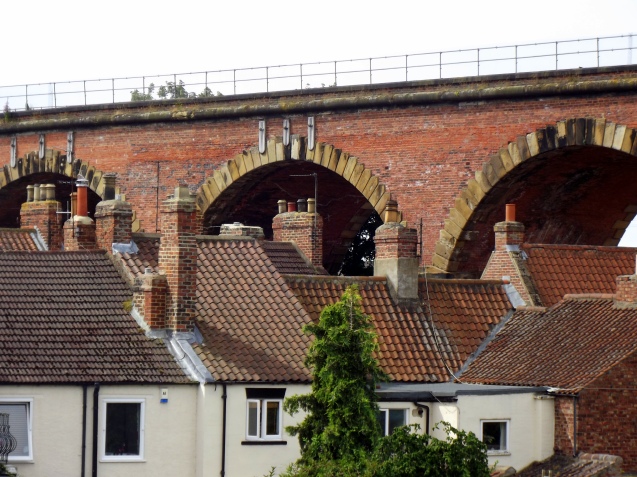
Yarm Viaduct
Today I walked along the Tees river and photographed all of the bridges from Yarm northward. I ended up walking around sixteen miles in total, so my ankles are sore but I feel like I know the river and the bridges a lot better now. Very important for any self-respecting bridge-geek. To see a catalogue of my Tweets from the journey click here. I’ve published some select photos from the day below. All of the bridges are beautiful and interesting in their own way but The Tees Transporter is still, hands down, my fave. The leaflet I used to inform my bridge quest can be found here.
- Victoria Bridge, Tees River.
- Tees Barrage Bridge
- The Tees Transporter Bridge, Port Clarence.
- Tees Transporter as the clouds close in.

Thomas Page designed this bridge. He was a 19th century civil engineer with a penchant for Gothic architecture and in addition to designing the Lendal and Skeldergate bridges of York he also worked on Westminster bridge and the original Chelsea bridge in London. Lendal Bridge replaced a ferry service and a less stable bridge, one that killed 5 men when it collapsed, in 1863 and is book-ended by two beautiful stone towers from the 14th century. The bridge itself may not be that old but the medieval towers, originally used to control river traffic, and documented evidence of the prior ferry service suggests that this stretch of the river has been an important crossing point for hundreds of years. When it first opened there was a toll for crossing the bridge in order to pay for its construction but York City Council have finally missed a trick as the last toll was charged back in 1894 (take a look at the parking rates for York city centre and you’ll swiftly understand what I mean by this).
In the 21st century Lendal Bridge acts as a courseway between the railway station and the town. It connects tourists to coffee shops (mostly the supremely over-priced Betty’s), students to campuses and shabby-chic bars and locals to the train station so that they can escape the tourists and students by eloping to the heady new horizons of Leeds, Manchester and Newcastle. To the community I suppose more than anything this bridge means trade but to me this bridge symbolises freedom, quietude and good old-fashioned Yorkshire pride.
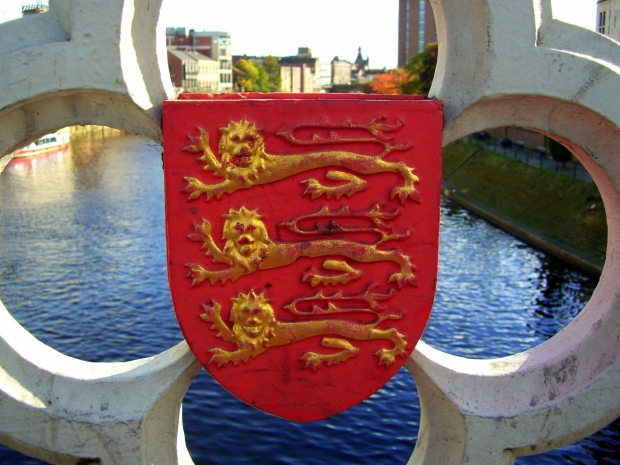
The lions of England were added to the parapet to demonstrate the patriotism of the Yorkshire people.
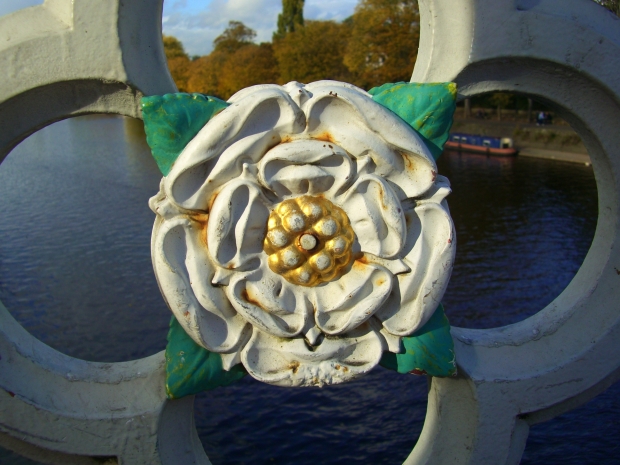
The White Rose of York dates back, as far as its emblematic use goes, to the original Duke of York: Edmund of Langley. Although its origins are rooted in religious significance most people from the North Yorkshire riding now consider this a symbol of their love for York and the surrounding area. Merchandise is available from all good tourist information shops.
Growing up in the small market town of Thirsk, some 20 miles outside York city centre, Saturday trips out to York with my friends were an exhiliarating taste of independence. As soon as we passed over Lendal I felt far away from the narrow-minded gossips and doomed wannabe-teen-mums of my home town, and, as you may be able to tell from my tone, this made me very happy. Lendal transported me to new and exciting places such as Cappacino’s, a cafe that did awesome milkshakes, and the Warner Brothers cinema. Well, actually we had to get another bus out of town to get to the 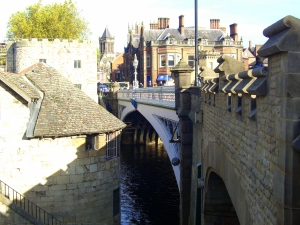 Warner Brothers cinema at Clifton Moor but we couldn’t have got on the bus if we hadn’t passed over Lendal Bridge. Lendal Bridge is the reason that all of my pocket money was spent on rough records cut by practically unknown Mancunian indie bands of the mid-1990s as it (cripplingly) connected me to HMV. It’s difficult to tell, in retrospect, whether that is a good or a bad thing.
Warner Brothers cinema at Clifton Moor but we couldn’t have got on the bus if we hadn’t passed over Lendal Bridge. Lendal Bridge is the reason that all of my pocket money was spent on rough records cut by practically unknown Mancunian indie bands of the mid-1990s as it (cripplingly) connected me to HMV. It’s difficult to tell, in retrospect, whether that is a good or a bad thing.
Later in life I sat by this bridge to write my journal. When I was weary from washing dishes and mopping floors just so I could study creative writing in the hopes of one day becoming “a real writer” I would find shelter near this bridge and watch the river flow by as I wrote. It was quiet; it was solace; it was a parenthesis from ignorant customers, pushy bosses and cryptic lecturers. The many tourist boats would sail by and I would watch them watching me and then scribble in my notebook to make them think I was writing about them. Always mess with their minds.
All that time, however, that I was in refuge at the base of that bridge I didn’t know one of the most fascinating facts about it. I only discovered this little nugget of kitsch when I started my research for this article, but it was one of the very first things to come up: the bridge was used in some key scenes of the Brookside spin-off Damon and Debbie. Apparently way back in 1987 Damon and Debbie, a soap-bubble 3-parter, rocked the soap opera world by killing off one of Brookside’s most popular and long-running characters: Damon Grant. History, beauty and a so-bad-it’s-good pop culture reference. What more could a girl want in a bridge?
]]> The Millennium Bridge in London is a striking representation of the barest bones of architecture: a steel skeletal suspension forging a connection not just between north and south London but between the progressive art of the Tate Modern and the beloved antiquity of St Paul’s Cathedral. It is beautifully bookended by these two notably contrasting structures and this rather rousing example of urban juxtaposition promotes the idea of the bridge being a link in the chain of history rather than a lowly conduit between the banks of the river.
The Millennium Bridge in London is a striking representation of the barest bones of architecture: a steel skeletal suspension forging a connection not just between north and south London but between the progressive art of the Tate Modern and the beloved antiquity of St Paul’s Cathedral. It is beautifully bookended by these two notably contrasting structures and this rather rousing example of urban juxtaposition promotes the idea of the bridge being a link in the chain of history rather than a lowly conduit between the banks of the river.
With its sulky, grey exterior and its plainer-than-Jane concrete supports you probably won’t be surprised, at least on an aesthetic level, to learn that the bridge is actually the product of an architectural competition held by the Financial Times. At the time of its inception, back in 1996, it would be the first footbridge to be built across the Thames in over a century. Rather drab, some might say, for a century’s wait and yet somehow this wallflower of a bridge does possess a certain  charm. Perhaps it’s the unavoidable sense of its unassuming nature. It stretches itself out with such humility between two cultural giants of architecture; barely a blip on the radar of the skyline along the river. Even the suspension cables, in contrast to international suspension favourites Brooklyn and Golden Gate, are unobtrusive. Stowing away below deck to ensure a clear view across the cityscape. The Millennium Bridge is undoubtedly a servant of the city rather than a frame for it.
charm. Perhaps it’s the unavoidable sense of its unassuming nature. It stretches itself out with such humility between two cultural giants of architecture; barely a blip on the radar of the skyline along the river. Even the suspension cables, in contrast to international suspension favourites Brooklyn and Golden Gate, are unobtrusive. Stowing away below deck to ensure a clear view across the cityscape. The Millennium Bridge is undoubtedly a servant of the city rather than a frame for it.
I remember, four years ago, standing somewhat bewildered on this dias of the metropolis, looking out over the possibility before me: the beacon of the BT tower with its blue glow tinging the twilight, the trains rattling across the railway bridge into Waterloo and the hieroglyphs of Cleopatra’s Needle partially hidden by the serpentine curve of the river. I had just received a phone call confirming my first writing job in London and for the first time in as long as I could remember I had that most precious feeling of being in the right place at the right time.
Things didn’t necessarily turn out the way I thought they would for me in London, lending further weight to the tabloid argument that the bridge is in some way cursed, but to this day I have yet to cross the bridge without being reminded of the unparrallelled awe of that moment. The thrill and the fright over making my own way in the city re-injects itself into my bloodstream. My heart fills with marvel as I stand humbled by the intricate pillars and domes of St Paul’s Cathedral  and I simultaneously extend a strange, sympathetic love to the block-head chimney of the old Bankside Power Station. It’s rather beautiful in its hulking ugliness and I’ve always been a sucker for the black sheep, the ugly duckling, the mongrel underdog that’s been in too many fights. Many might argue that the archtectural awkwardness of the power station, like the tall girl at school ever desperate to hunch, is preferable to the unremarkable anatomy of The Millennium Bridge but in my, admittedly wild, imaginings both while away their years casting longing looks at the classical beauty of St Paul’s and exalting in relief that neither of them are The Millennium Dome: a pre-school art project gone awry if ever there was one. I’m still convinced that it’s made of masacred egg boxes. Where else does all that recycling go?
and I simultaneously extend a strange, sympathetic love to the block-head chimney of the old Bankside Power Station. It’s rather beautiful in its hulking ugliness and I’ve always been a sucker for the black sheep, the ugly duckling, the mongrel underdog that’s been in too many fights. Many might argue that the archtectural awkwardness of the power station, like the tall girl at school ever desperate to hunch, is preferable to the unremarkable anatomy of The Millennium Bridge but in my, admittedly wild, imaginings both while away their years casting longing looks at the classical beauty of St Paul’s and exalting in relief that neither of them are The Millennium Dome: a pre-school art project gone awry if ever there was one. I’m still convinced that it’s made of masacred egg boxes. Where else does all that recycling go?
]]>

